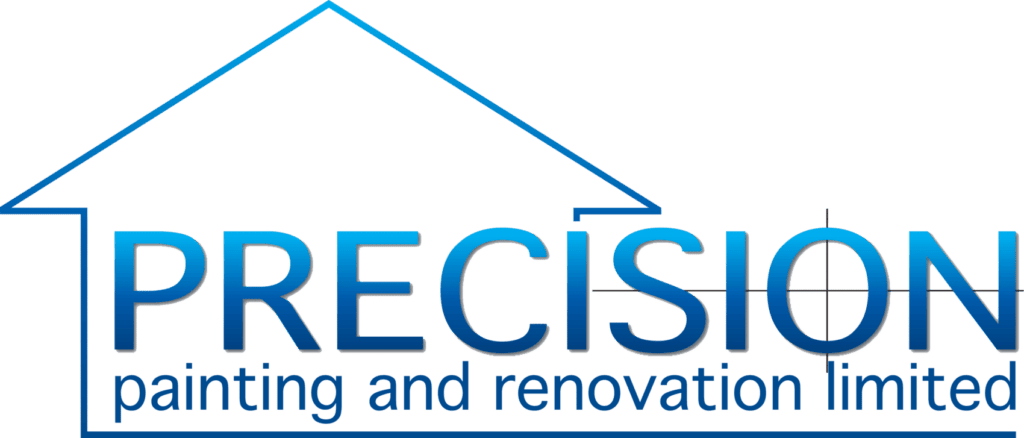Commercial Painting Services are a critical part of maintaining the aesthetics, functionality, and safety of commercial spaces. While many focus on the finished look of a painted surface, the processes behind achieving high-quality and safe results are equally essential. Oversight during these projects involves multiple roles, each contributing to maintaining strict standards, preventing hazards, and ensuring that the finished work is both durable and visually appealing.
The Project Manager
At the top of the hierarchy in most commercial painting projects is the project manager. They are responsible for:
-
Coordinating schedules, materials, and workforce deployment.
-
Communicating with clients and stakeholders regarding project requirements and timelines.
-
Ensuring that safety protocols are enforced across all work areas.
-
Monitoring project progress and quality through regular inspections.
The project manager acts as the central point of accountability, making sure that every stage of the project adheres to established standards.
Site Supervisor or Foreman
On-site supervision is crucial for immediate decision-making. The site supervisor, sometimes referred to as the foreman, manages:
-
Daily operations and allocation of tasks to painting teams.
-
Implementation of safety measures such as scaffolding, fall protection, and proper ventilation.
-
Inspection of surface preparation, primer application, and final paint coats.
-
Reporting any issues to the project manager promptly to prevent delays or defects.
This role bridges the gap between planning and execution, ensuring that the workforce follows correct procedures.
Safety Officer
Commercial painting projects often involve working at heights, handling chemicals, and operating specialized equipment. A dedicated safety officer:
-
Develops and enforces workplace safety protocols.
-
Conducts safety briefings and training sessions for all team members.
-
Performs risk assessments to identify potential hazards before work begins.
-
Ensures compliance with Occupational Safety and Health Administration (OSHA) standards or relevant local regulations.
The safety officer is vital for preventing accidents and maintaining a safe environment for workers and occupants of the building.
Quality Control Inspector
High-quality finishes require systematic monitoring throughout the project. A quality control inspector:
-
Reviews surfaces for proper preparation, including cleaning, sanding, and priming.
-
Monitors paint mixing, application techniques, and drying times.
-
Conducts periodic checks to identify any imperfections or inconsistencies.
-
Approves final surfaces before client handover to guarantee satisfaction.
Through rigorous evaluation, quality inspectors prevent costly rework and uphold professional standards.
Painters and Crew
While oversight roles are critical, the hands-on execution rests with skilled painters. They are responsible for:
-
Applying paint according to specified techniques and manufacturer guidelines.
-
Following all safety protocols, including personal protective equipment (PPE) usage.
-
Reporting any hazards or deviations in the project plan.
-
Maintaining organized and clean workspaces to minimize accidents.
Importance of Communication and Documentation
Effective oversight is impossible without clear communication and accurate documentation. Teams maintain:
-
Daily logs of work completed, safety checks, and material usage.
-
Incident reports for any accidents or near misses.
-
Progress photos to track quality and compare against project standards.
-
Checklists for both safety and quality control, ensuring no step is overlooked.
Collaborative Oversight
Oversight in commercial painting projects is a collaborative effort. While each role has defined responsibilities, the best results occur when project managers, site supervisors, safety officers, quality inspectors, and painters coordinate seamlessly. This collaboration ensures that deadlines are met without compromising quality or safety.
Modern Tools Supporting Oversight
The adoption of technology enhances oversight in several ways:
-
Digital checklists and reporting tools allow for real-time tracking of quality and safety compliance.
-
Drones or cameras monitor large-scale projects, helping identify potential hazards.
-
Software for project scheduling ensures that adequate time is allocated for drying, curing, and inspections.
These tools support human oversight, reducing errors and increasing efficiency.
Key Takeaways
-
Multiple roles are essential for quality and safety management in commercial painting projects.
-
The project manager oversees the entire process and maintains accountability.
-
On-site supervision ensures adherence to procedures and immediate problem resolution.
-
Safety officers mitigate hazards and enforce compliance with regulations.
-
Quality inspectors maintain the aesthetic and functional standards of paint work.
-
Skilled painters execute the plan while following safety and quality guidelines.
-
Communication, documentation, and modern technology enhance oversight and efficiency.
Oversight in commercial painting is not a single-person responsibility. It is a coordinated, multi-layered process designed to ensure that projects are safe, efficient, and deliver superior results. By integrating experienced personnel, clear protocols, and technological support, commercial painting projects achieve outcomes that meet both client expectations and professional standards.

